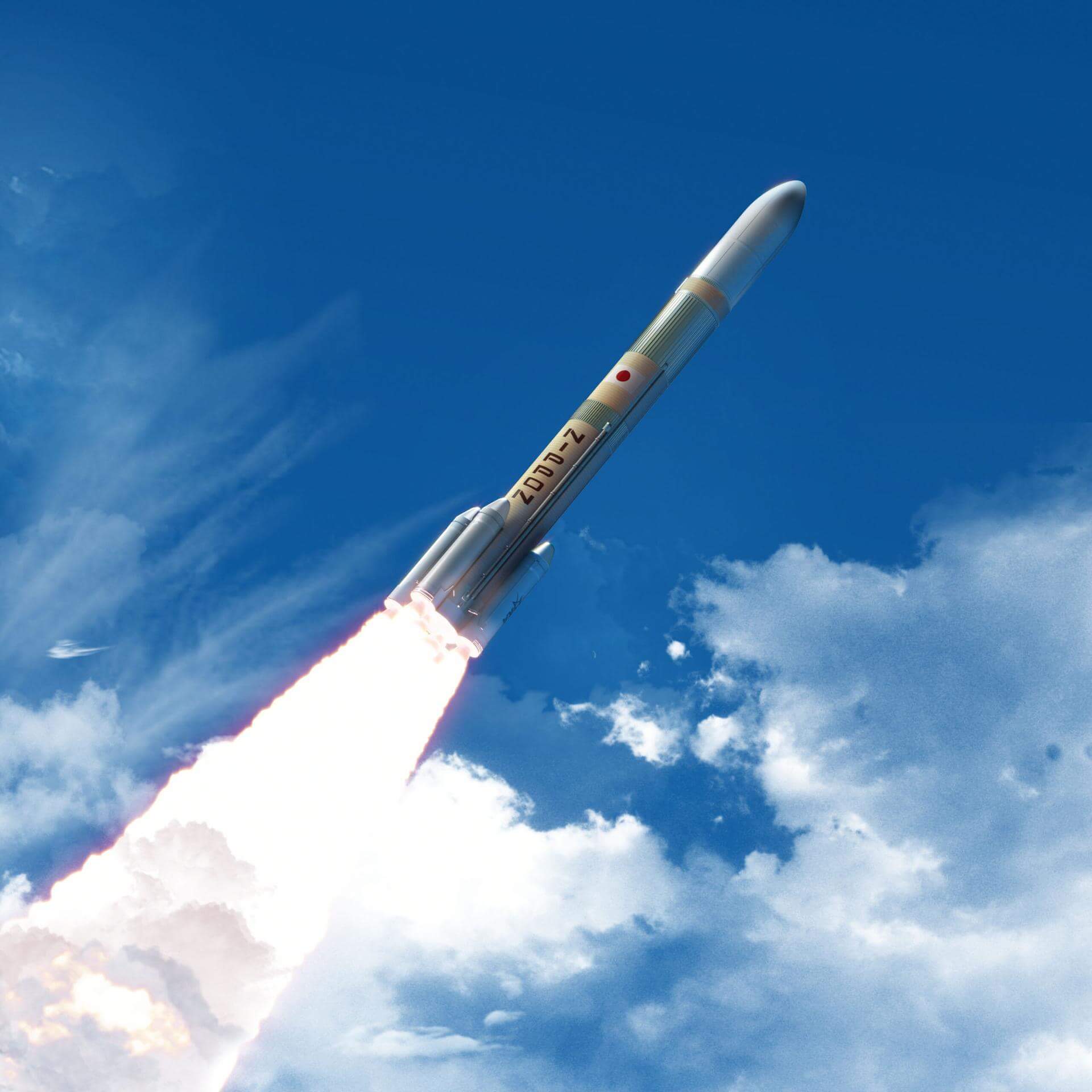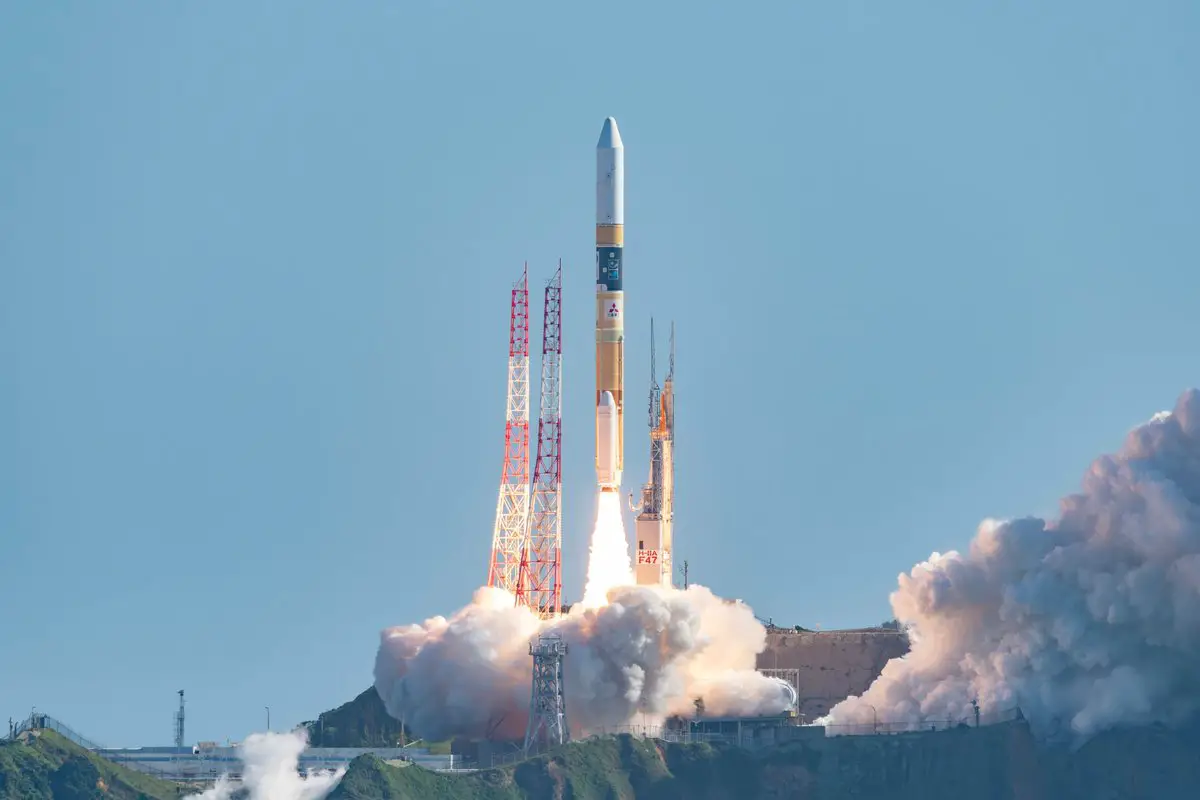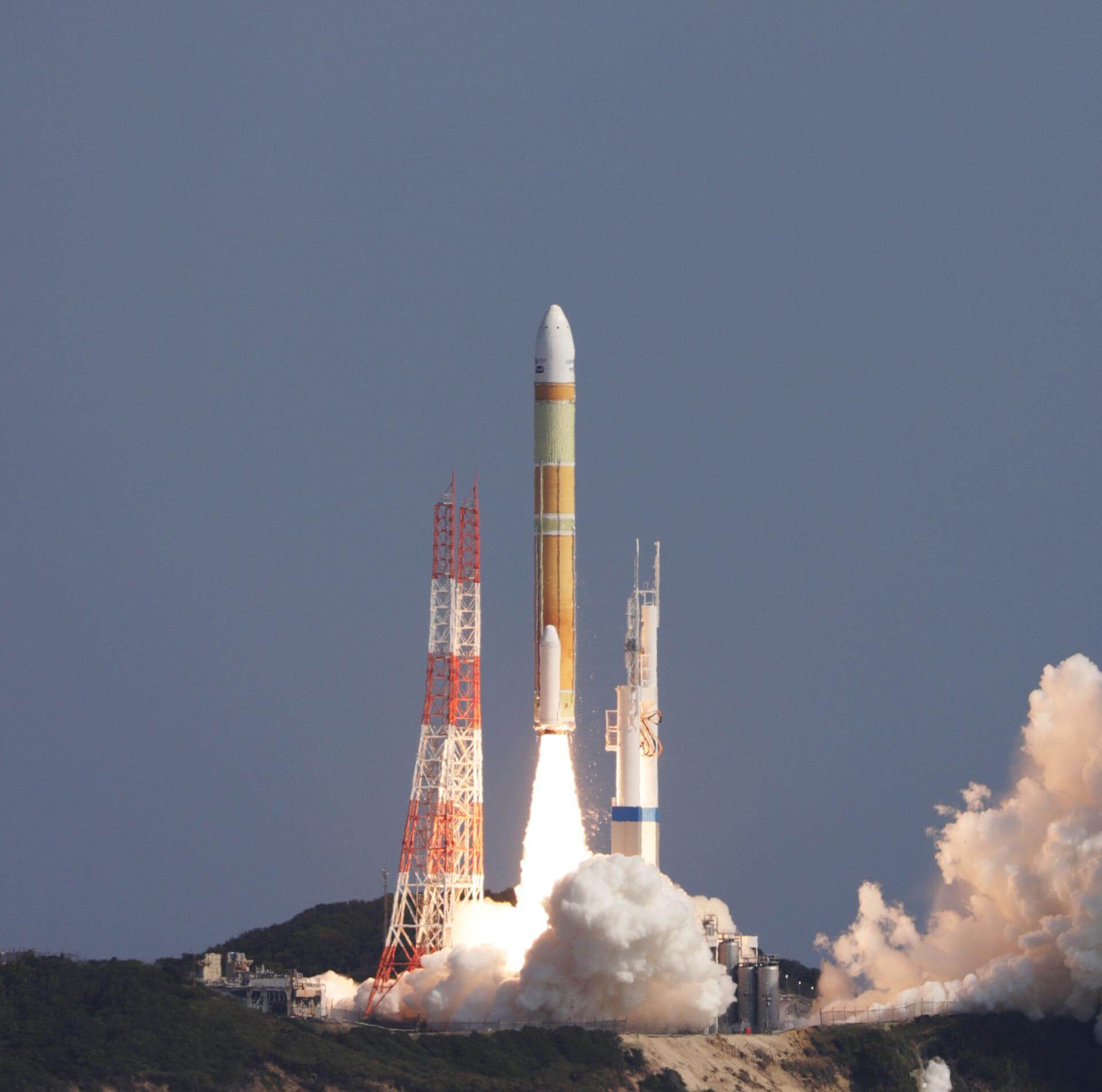Tag: JPN
-

Mitsubishi Heavy Industries | H3-30 | Advanced Land Observing Satellite-4 (ALOS-4)
The Advanced Land Observing Satellite-4 (ALOS-4) is a Japanese satellite designed to observe the Earth’s surface using a phased array type L-band synthetic aperture radar (PALSAR-3).
-

Mitsubishi Heavy Industries | H-IIA 202 | IGS Radar 8
The IGS Radar 8 is a Japanese radar reconnaissance satellite. The satellite is operated by the Cabinet Satellite Information Center. The satellite serves both Japan’s national defense and civil natural disaster monitoring.
-

Mitsubishi Heavy Industries | H3-22 | DSN 3 (Kirameki 3)
DSN 3, also known as Kirameki 3, is a geostationary communications satellite to be used for military communications by the Japanese military.